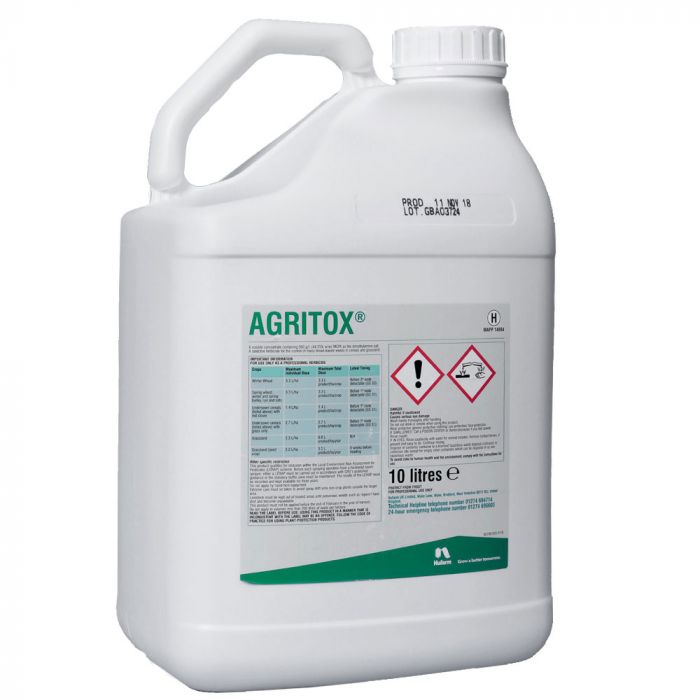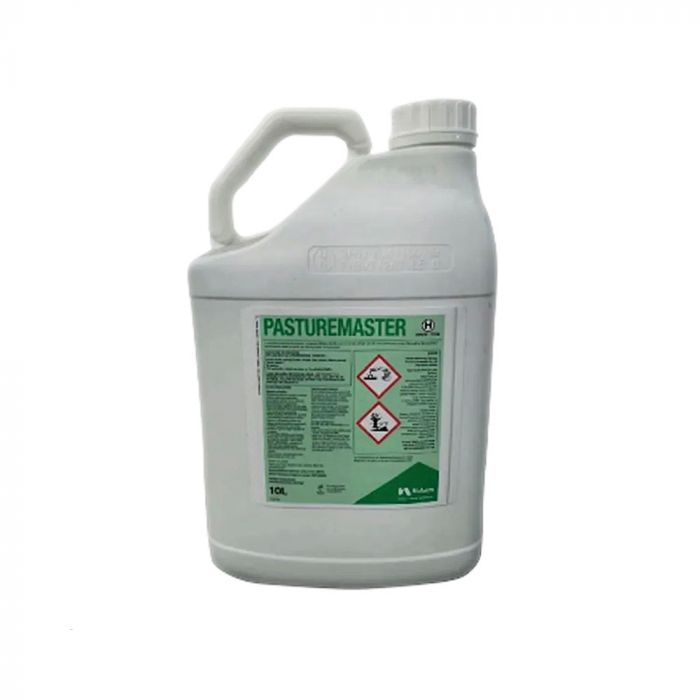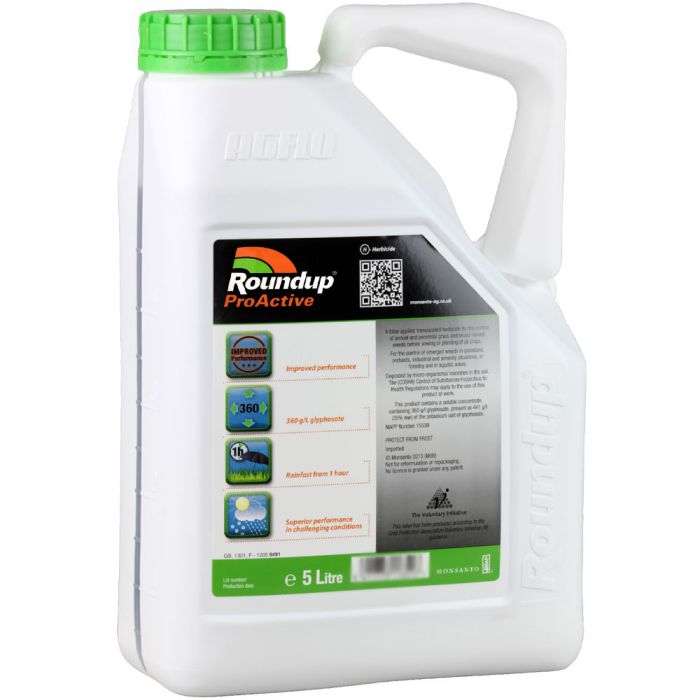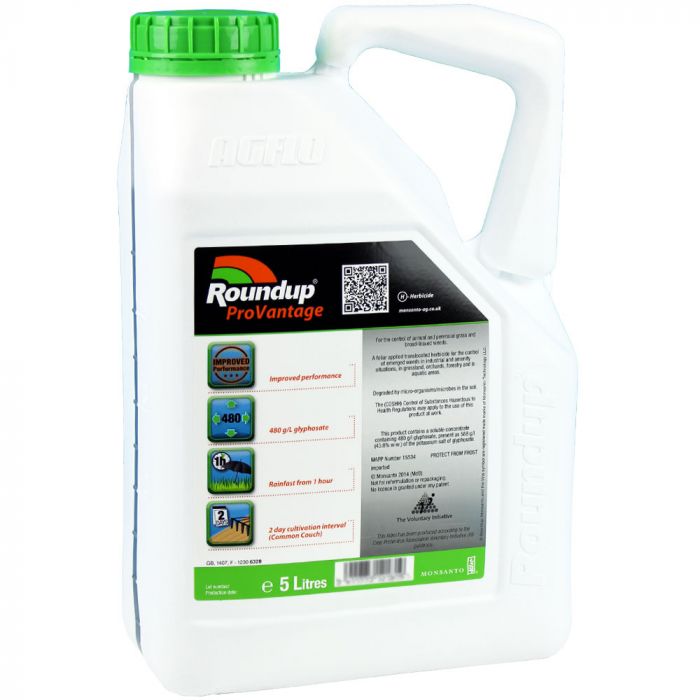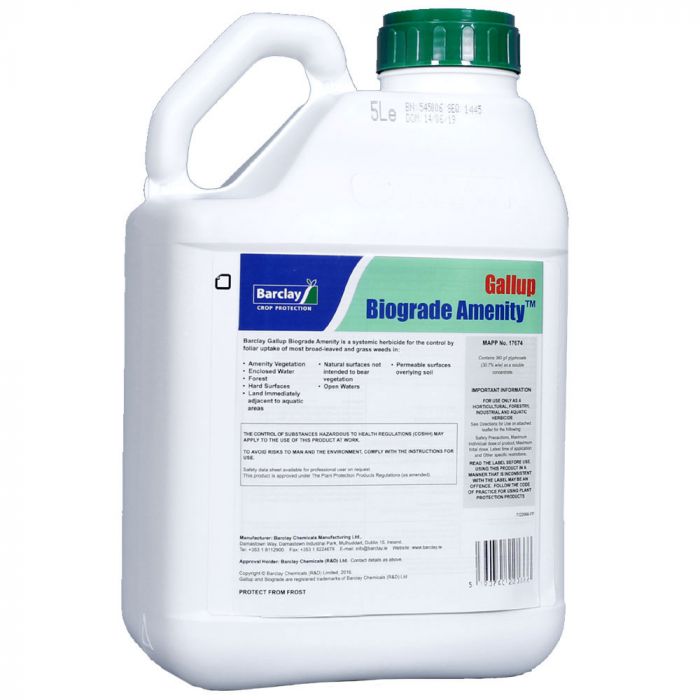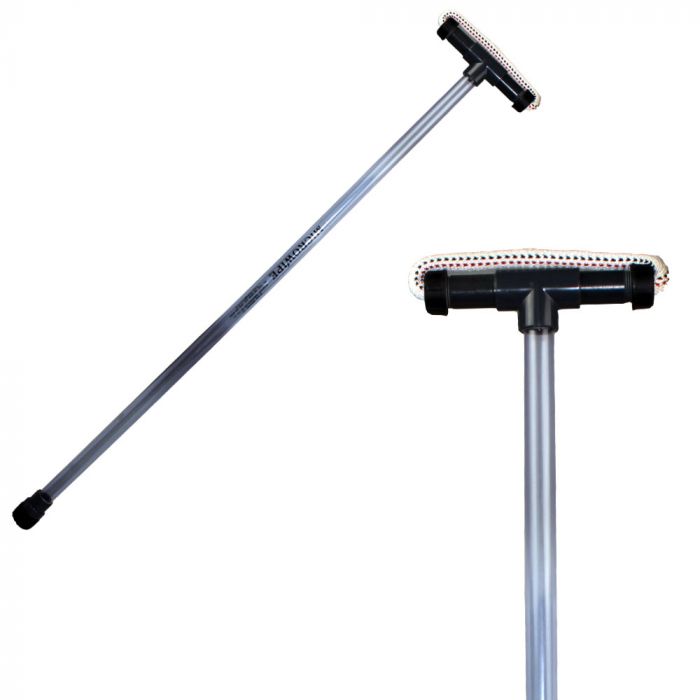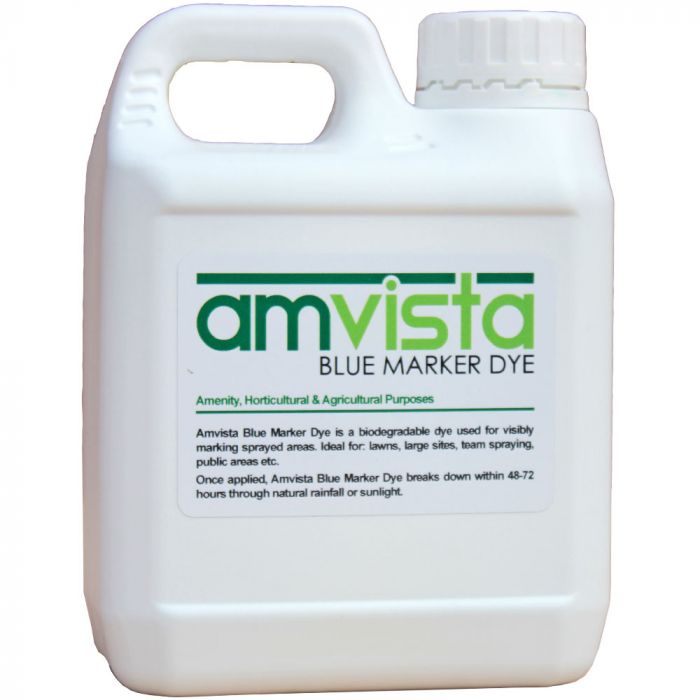Controlling Soft Rush
KEY FACTS
- Common Names: common rush, soft rush, sugar grass
- Scientific Name: Juncus Effusus
- Areas Affected: Thrives in water logged and acidic soils
ABOUT
Soft rush or common rush usually grows in grasslands, marshes and ditches. It spreads with creeping rhizomes so can become a very dominant plant over more beneficial grasses. The plant itself has thin, tall, smooth stems without leaves. As well as this it flowers between May and July producing pale brown flowers.

WHY YOU SHOULD CONTROL SOFT RUSH
Soft Rush often is found growing in permanent pasture or grazing areas. The plants are very quick to establish due to having very fine root systems so can become very a very dominant plant within a paddock. This becomes an issue as the soft rush plant reduces the grass growth – for every 10% of soft rush coverage there will be 10% grass growth loss. This has a massive effect on various sectors. To begin with the more soft rush there is growing, the less grazing grass is available to livestock such as horses and cattle. This is due to the fact that soft rush is not overly palatable or digestible and it also has very little nutritional value to the animals so not as good for them to eat as grass. Secondly, soft rush also has an effect on the quality of silage that is produced as it is not as easily compacted as grass. As a result of not being able to be compacted down as well, there are areas for mould to grow. This would create a poor end product.
HOW TO CONTROL SOFT RUSH
Soft rush can be controlled effectively. June is a good month to start controlling soft rush. The plants should be treated at the pre-flowering stage for best control. Once the plants have been treated, allow for die back and then cut after one month.
Treat Soft Rush Selectively in Grassland
Using an MCPA based selective weed killer can help you to gain control over the soft rush while not harming the grass.
- Agritox – to be applied at 3.3L/ha in 200-400L/ha of water (to be applied through a boom sprayer)
- Polo or PastureMaster – to be applied at 3.5L/ha in 200-400L/ha of water (to be applied through a boom sprayer)
Glyphosate Weed Control
Choosing a glyphosate weed killer is highly effective for controlling soft rush however it is important to remember that as it is not a selective weed killer it will kill everything that it is applied for including the grass surrounding it. For this reason it is important that the glyphosate is applied with a weed wiper to avoid any contact with the grass or by using a knapsack sprayer with a spray shield for targeted application.
- Glyphosate weed killer examples – Roundup ProActive, Roundup ProVantage, Gallup Biograde Amenity, Rattler
We would also recommend when applying a glyphosate weed killer that you mix in our Amvista Blue Marker Dye so that you can see all areas that have been treated.

